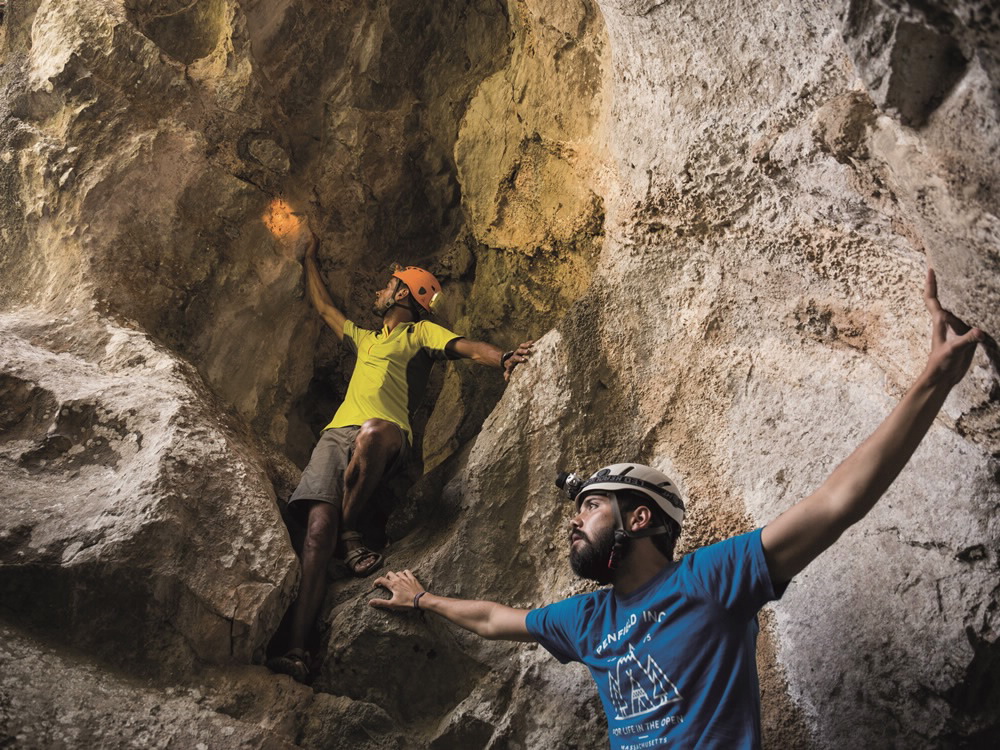Turismo de Galicia
-
Things to do
Way of St. James
Nature
Culture and heritage
Beaches and coast
Tourist trails
- Top ten: Ten unrivalled destinations
- The route of the camellia
- Tourist routes
- Pathways for discovering a country
- Walks to fall in love with
- Greenways
- Scenery at the wheel
- EuroVelo Galicia
- Beyond the Sunset
Gastronomy
Health tourism
PROMOTIONS TO ENJOY NOW
Cultural agenda
Will happen... View all
- Places to visit
-
Plan your trip
- Start
- Things to do
-
Experiencies in the midst of nature
- Way of St. James
- Galician Woodlands
- Experiencies in the midst of nature
- Magical Shrines
- Lighthouses and Wild Beaches
- Galicia Birding
- EuroVelo Galicia
- Hidden Heritage
- Marine Tourism
- Galicia Water Society
- Tourist routes
- The route of the camellia
- Scenery at the wheel
- Top ten: Ten unrivalled destinations
- Strolling Through Vineyards
- Pathways for discovering a country
- Walks to fall in love with
- Greenways
- Beyond the Sunset
- Galician springs
- Promotions to enjoy
- Cultural agenda
- Mediterranean landscape in Galicia
-
A miña viaxe
A MIÑA VIAXE
- Compartir
- Correo
- Imprimir
SERRA DA ENCIÑA DA LASTRA NATURAL PARK
Mediterranean landscape in Galicia

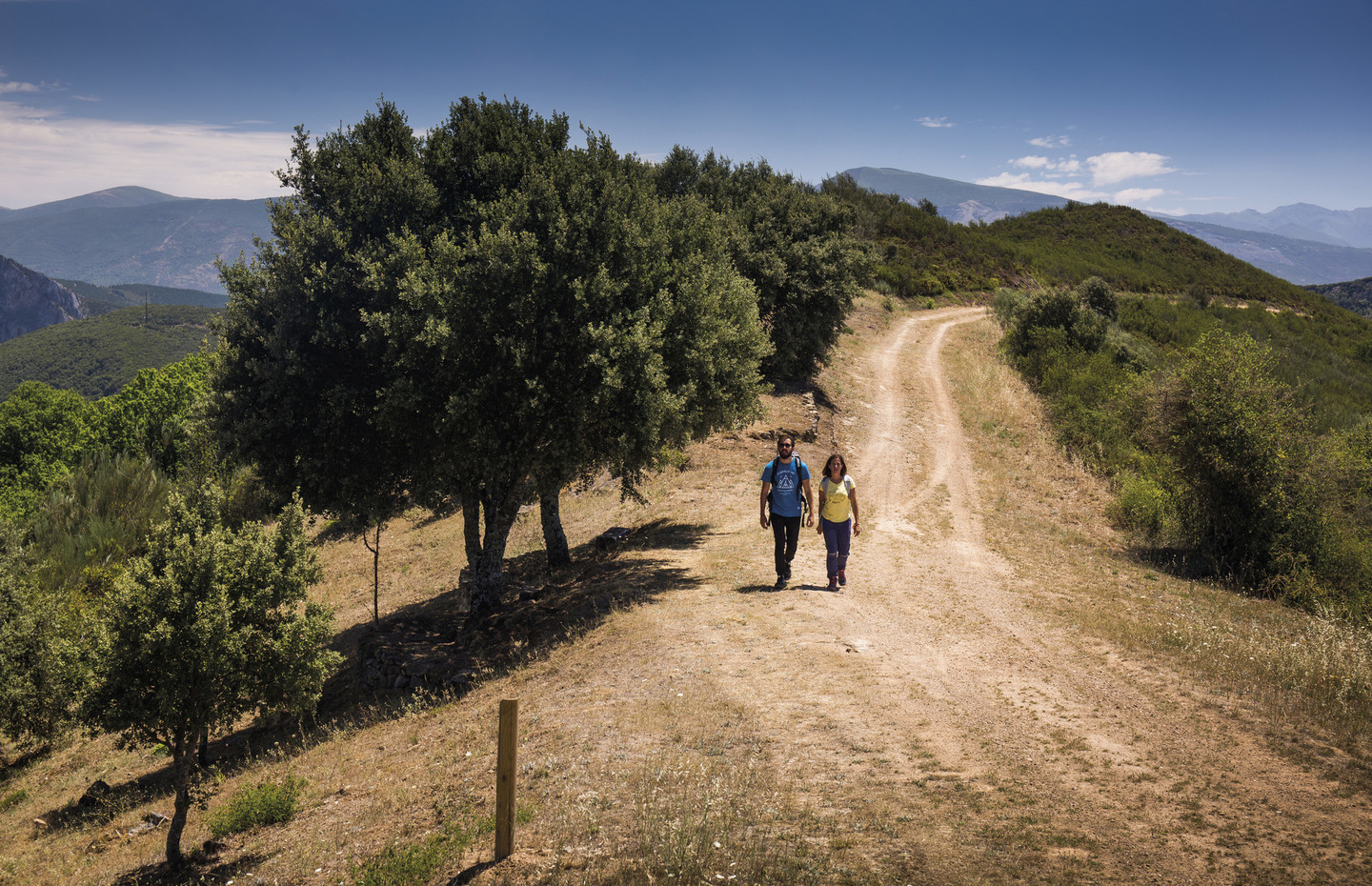
Its name corresponds to a huge holm oak which, it would appear, served as a reference point for travellers
You will be surprised by its Mediterranean climate and chalky soils. The waters of the River Sil have shaped interesting landscapes and elements as a result of erosion, among which feature the “palas” or caves which make up Galicia’s largest cave network. Not only are these caves of interest to speleologists, but historians have also discovered archaeological remains from different civilisations; the Bronze, Roman and Middle Ages.
One of the Park’s natural resources, intensively exploited economically, was the calcareous stone from which quicklime was extracted for use in construction as a base for mortar to whitewash buildings.
We would highly recommend visiting Covas and Biobra, where the Visitor Centre is located.

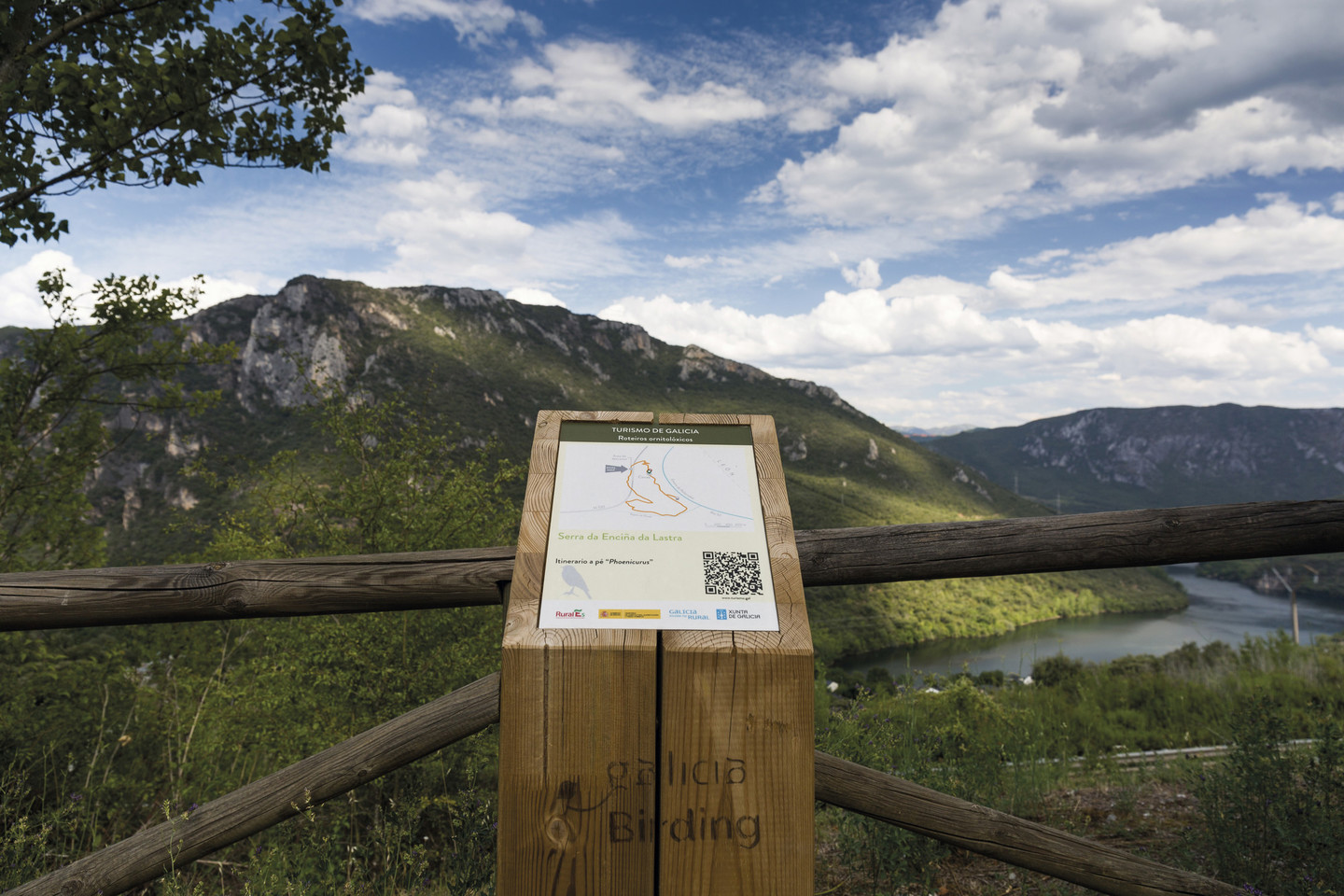
Look to the sky and discover how valuable it is by identifying the different bird species that live here
Would you like to become an ornithology expert?
The canyons and fluvial ravines make the Park an interesting place of refuge for various species, among which feature birds of prey such as the Egyptian vulture, the golden eagle and the peregrine falcon, uncommon in the north-western Iberian peninsula. Experts have confirmed that this area is home to the largest concentration of nesting birds in Galicia, as well as important communities of bats in the numerous caves here.
Download the free “Birding Galicia” app on your phone and enjoy the four routes we suggest in this Nature Reserve. Two are for driving and the other two for walking, and all four will provide an introduction to the world of ornithology.

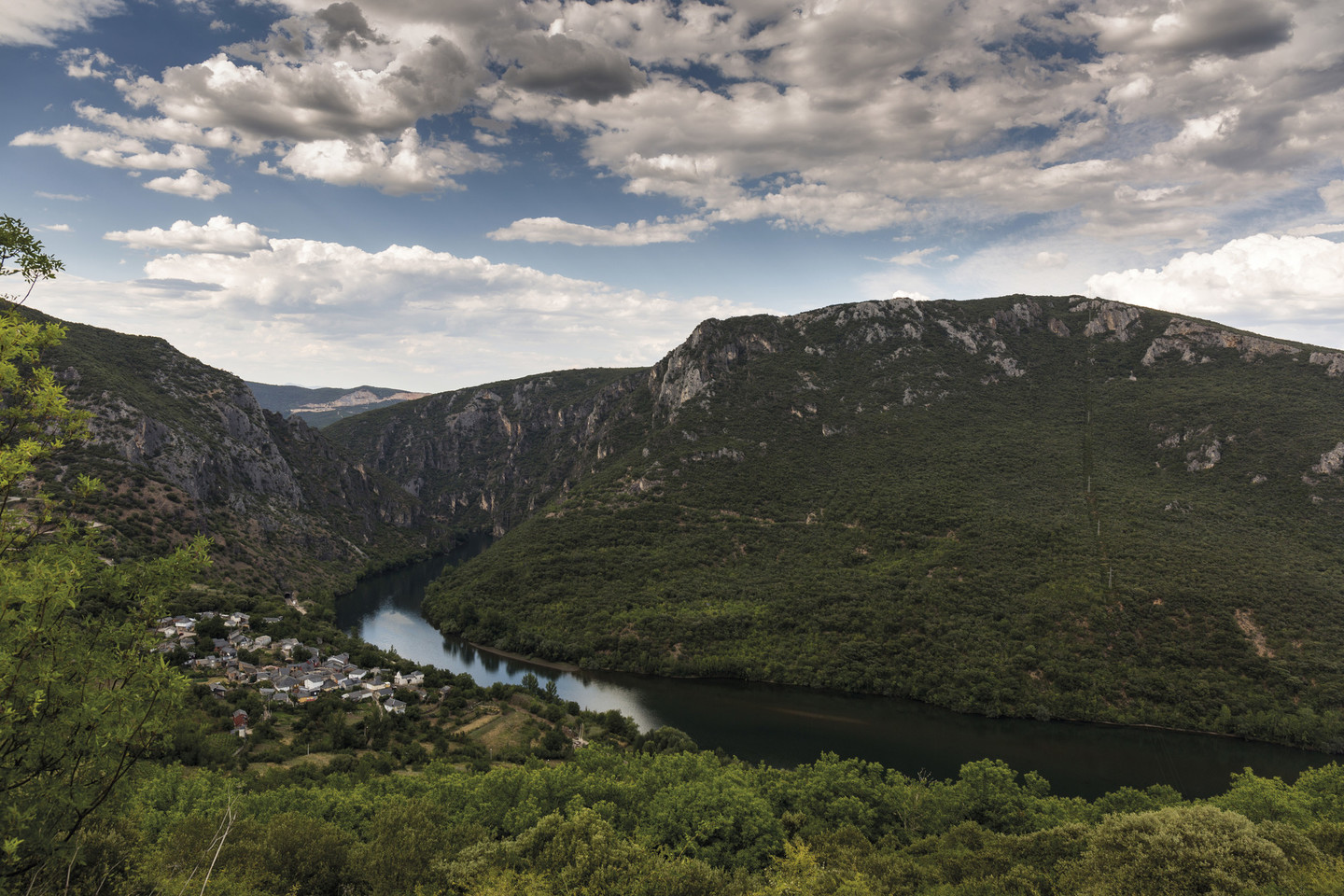
Discover the pleasure of losing yourself all the while knowing exactly where you are going
The Val do Sil Route, between Vilardesilva and Covas, runs alongside the right-hand side of the river towards the fluvial canyon, allowing us to discover the incredible gorges which serve as natural dams and a perfect place for birds of prey to hunt.
The northern slopes of Penedos de Oulego represent one of the best views in the Park, to be enjoyed as you walk along the Tras os Penedos Route, which starts at the Caprada rest area and enters the dense forest leading you to the base of the rocky hills.
 |  |  |  | |
|---|---|---|---|---|
| Ruta Val do Sil | LOW/ MEDIUM | 5 Km | 1,30 h | LINEAR |
| Ruta Tras os Penedos | LOW | 1,5 Km | 25 min | CIRCULAR |
| Ruta Soutos Baixo Pena Falcueira | MEDIUM / ALTA | 3,9 Km | 1,45 h | CIRCULAR |
| Ruta do “Caleiro“ | MEDIUM/ ALTA | 6 Km | 3 h | LINEAR |
| Ruta do Real de Oulego | MEDIUM | 4 Km | 2,30 h | LINEAR |
| Ruta da Vía Romana | MEDIUM | 8,6 Km | 3,30 h | CIRCULAR |
| Ruta da Ermida de Santo Estevo | MEDIUM | 6 Km | 3 h | CIRCULAR |
| Ruta das Galegas | MEDIUM | 6,8 Km | 3 h | LINEAR |
| Ruta das Dúas Vertentes | MEDIUM | 4 Km | 1,30 h | CIRCULAR |
| Ruta Baixo de Páramo | MEDIUM | 4 Km | 2 h | CIRCULAR |

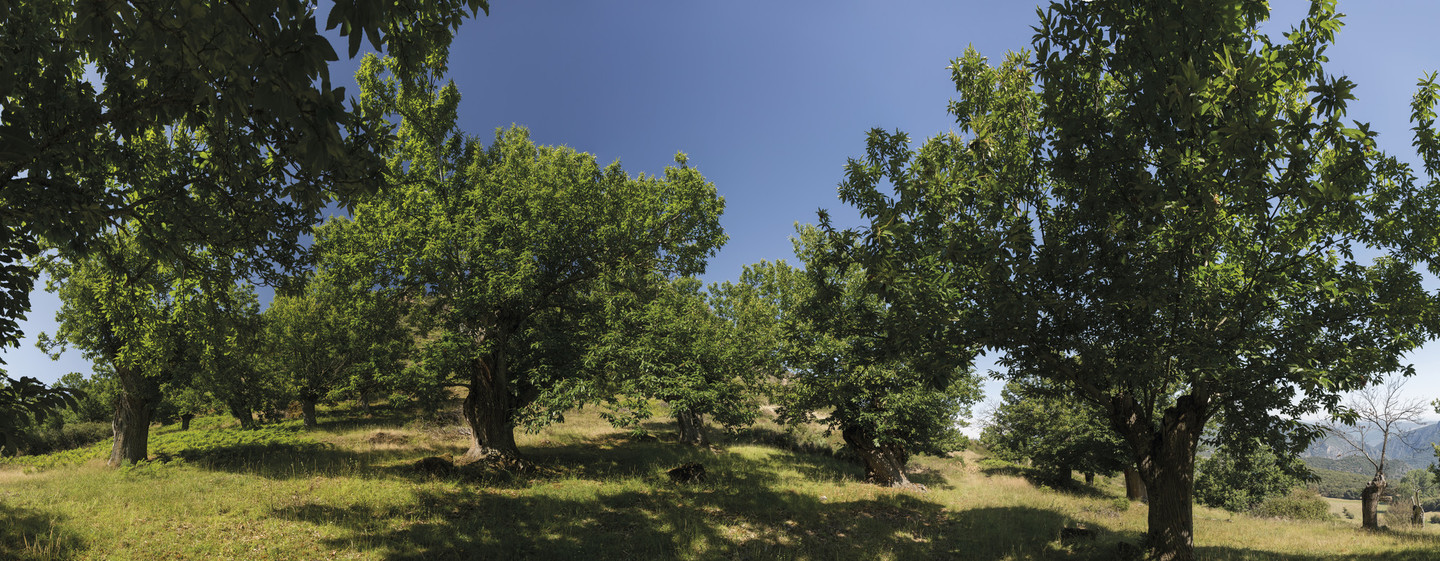
In spring, learn to recognise the different species that bloom throughout the Park
The Mediterranean climate and soil conditions are the reasons behind one of the largest communities of orchids in Galicia that you can enjoy on your visit.
In the company of an expert guide, we would like to invite you to enjoy the orchids in bloom by following an interpretative route and learn how to identify more than 25 species.
We recommend visiting in spring and summer to appreciate their beautiful small flowers. Among the different species and most easily recognisable is the ophrys; This little flower simulates the body of a female bee. The exquisite beauty of these flowers, renowned in the ornamental world yet practically unheard of in forest communities, will take you completely by surprise.
Office-Serra da Enciña da Lastra Natural Park Visitor Centre Praza dos Bolos s/n
32004 Rubiá.
Prior contact:
T. 988 386 376 · 988 386 029
 Download here the brochure in PDF format
Download here the brochure in PDF format
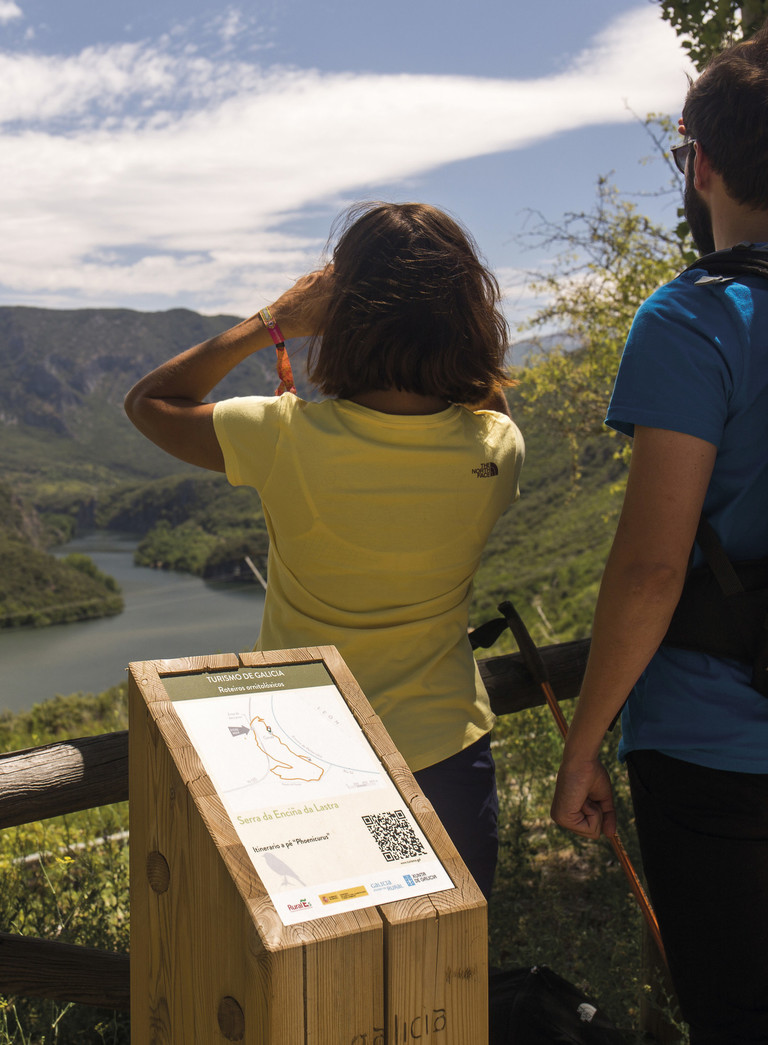
The easiest way to admire the Park’s scenery. We especially recommend the vantage points at Caprada in Oulego, Alto da Escrita in Biobra, Tanque de Covas and A Portela in Vilardesilva.
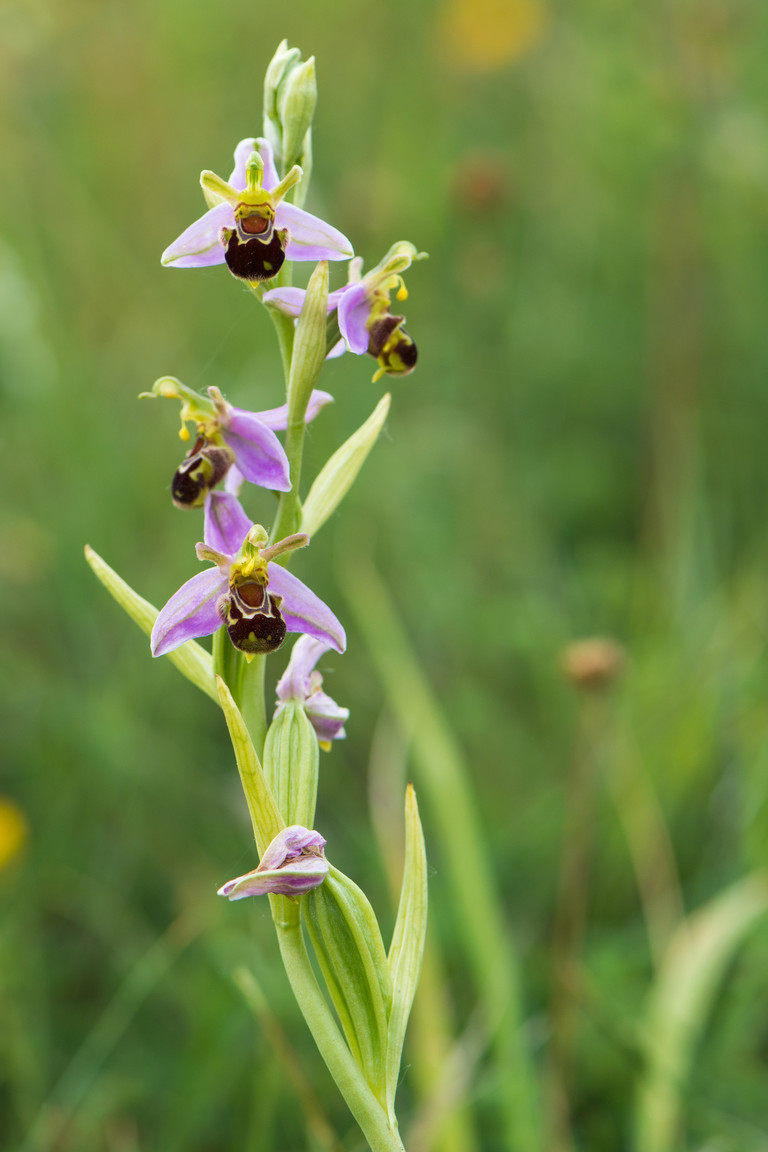
The highest concentration of this plant in Galicia. 25 different species that you can learn about by employing the services of a guide or signing up for one of the visits that are organised periodically free of charge.
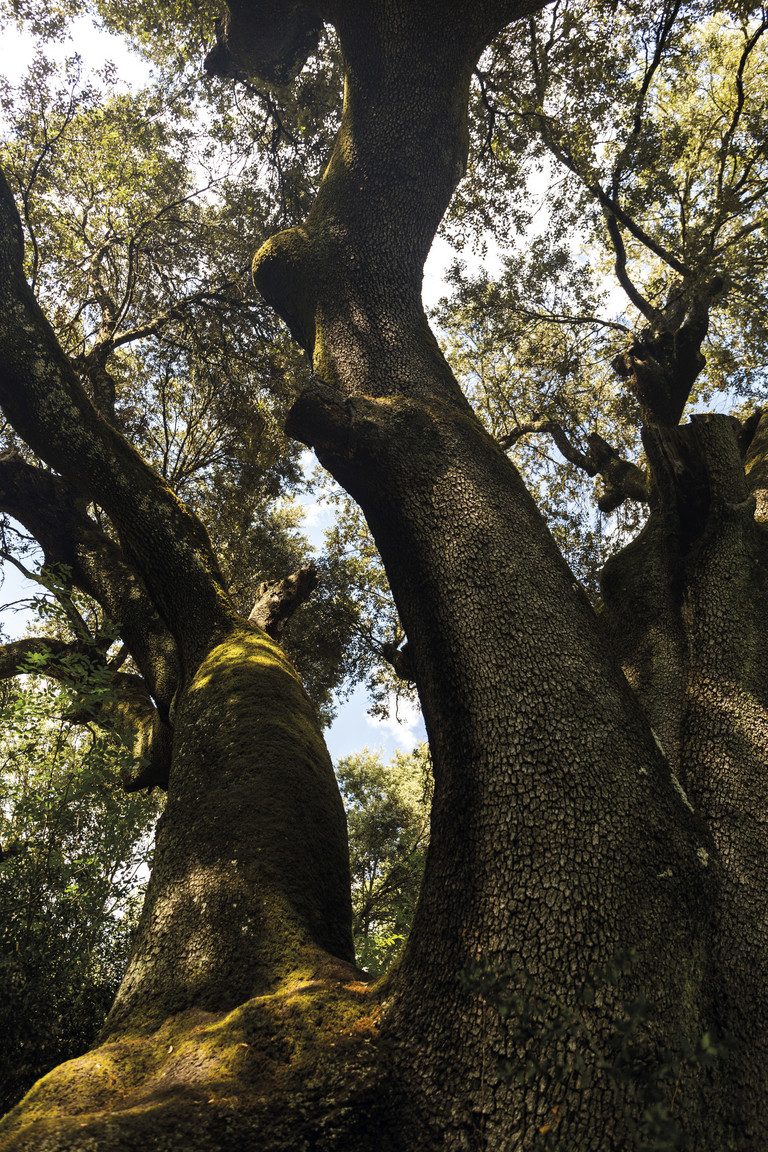
Don’t miss seeing the magnificent holm oak, with Unique Tree status, to be found near the cemetery in Covas.
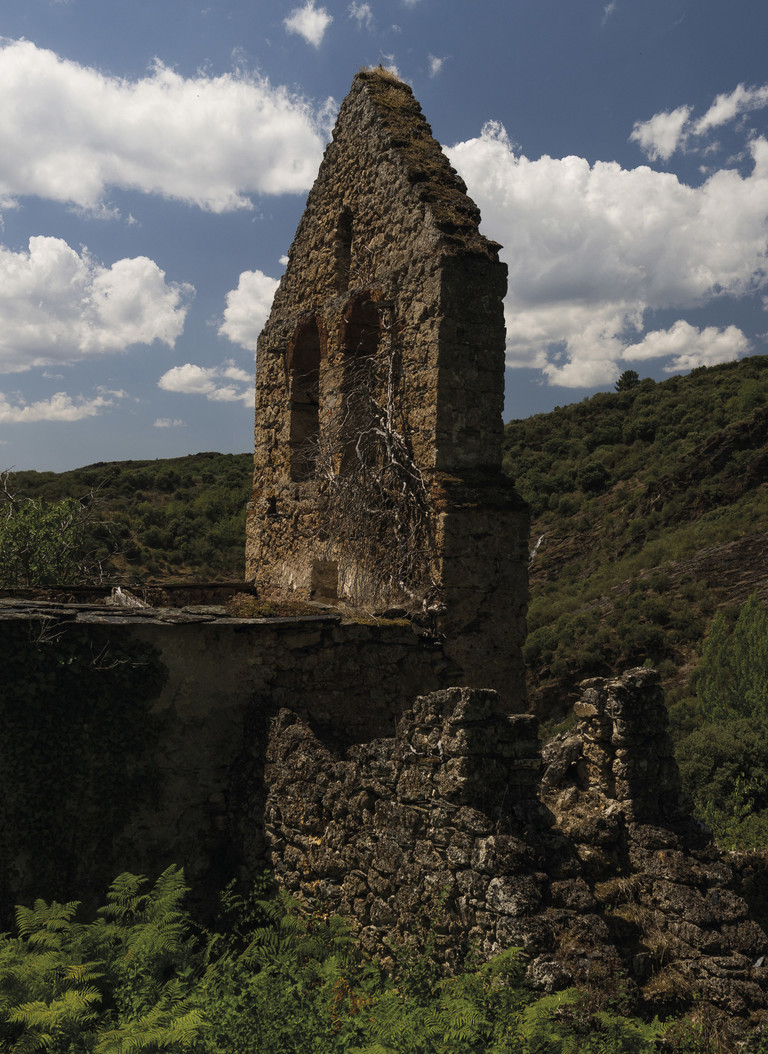
Visit the villages that lie within the boundaries or on the edge of the Park to discover their ethnographic heritage: communal ovens, mills, apiaries, fountains and washing places, dovecotes and traditional houses.
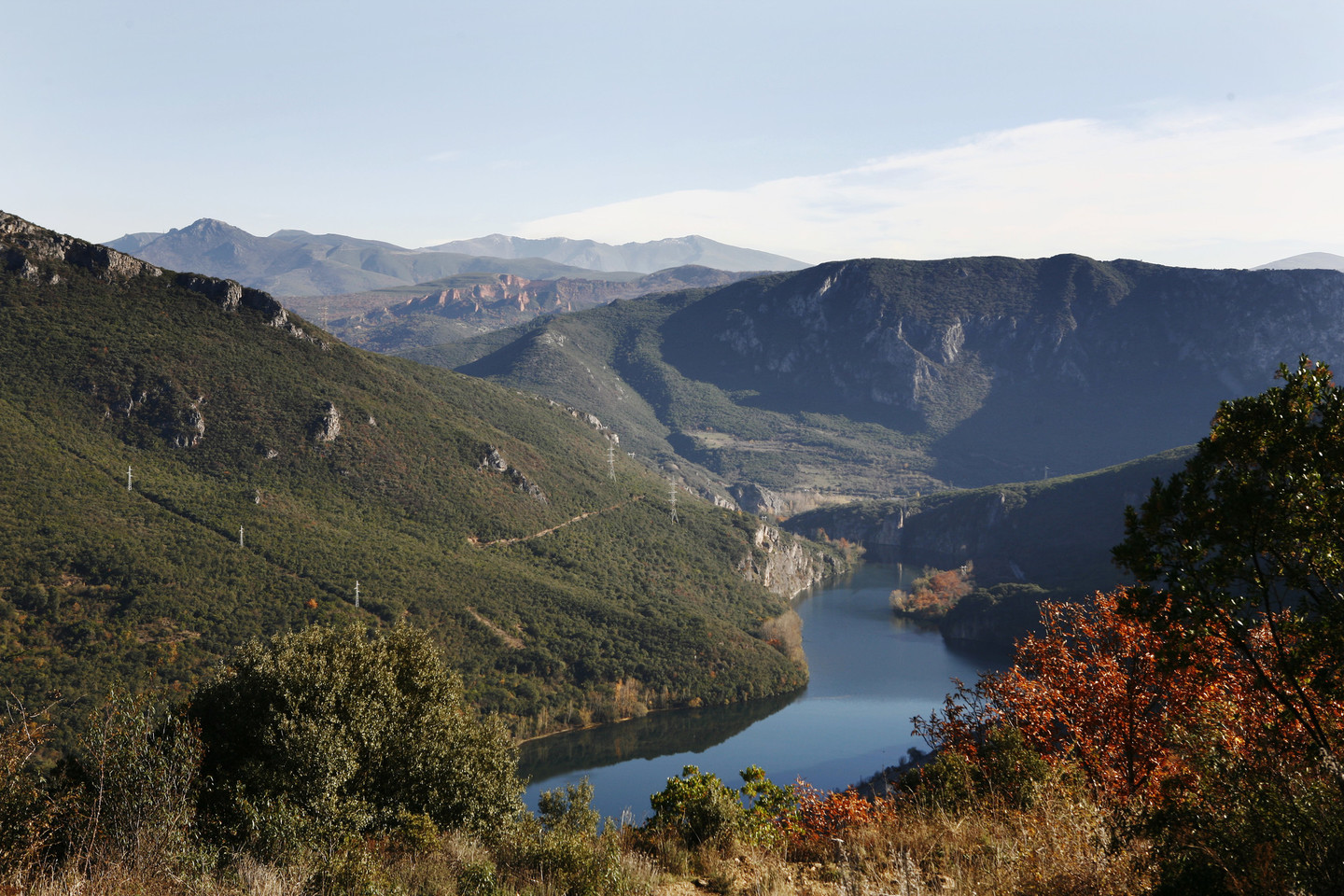



 You will be surprised by its Mediterranean climate and chalky soils
You will be surprised by its Mediterranean climate and chalky soils 
